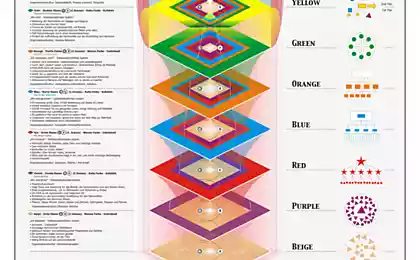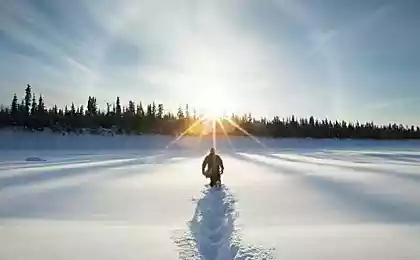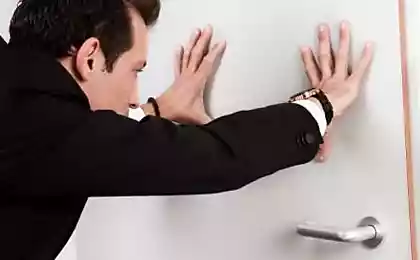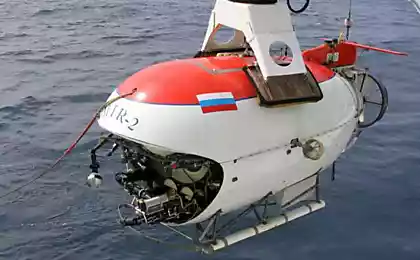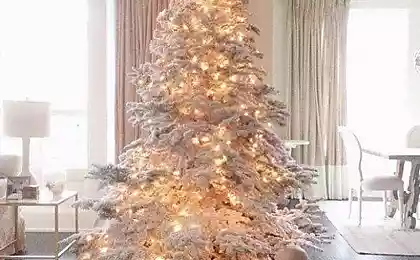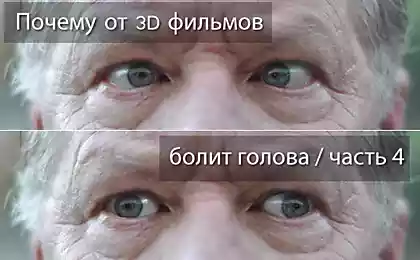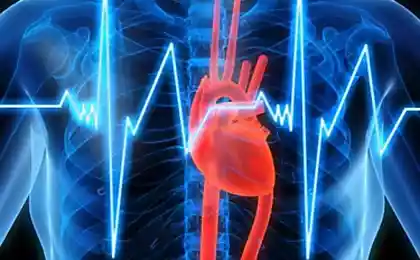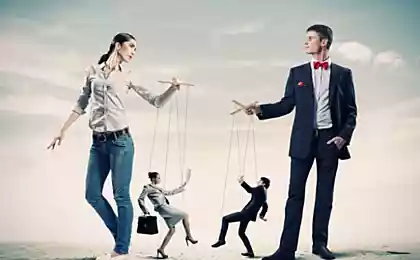813
6 animated transformations
The population of the world grows, reaching seven billion people, urban areas continue to expand, increasing the demand for natural resources while reducing their stocks.
Google team created these on-line video cards to illustrate how changes in recent decades the world right before our eyes. Through animated GIF images, you can see some corners of our planet has changed beyond recognition. Urbanization Las Vegas
Las Vegas, one of the five largest cities in the United States, whose population from 2000 to 2010 vyraslo more than 40%.
As of 2010, more than half of all people on earth live in rural areas. By 2030, six out of every 10 will live in cities, and by 2050 for 7 out of 10 people. If evaluated in absolute terms, the number of people living in cities will almost double by 2050.
Las Vegas, since its founding is facing problems of lack of fresh water. Today this problem is solved with the help of a giant pipe discharging water from the Colorado River, providing nearly 90% of the city's needs in fresh water.
--img1--
The growth of Dubai
Coastal development in Dubai at the beginning of the 21st.
Gulf countries as a whole have undergone rapid urbanization caused by the excess profits from the production and sale of oil.
The member states of the Council of GCC, which includes the United Arab Emirates, Bahrain, Saudi Arabia, Oman, Qatar, Kuwait, there is rapid population growth. From 1990 to 2011, the population here has more than doubled to 46 million. People. From 1995 to 2011, their aggregate GDP per capita has grown more than three times.
--img2--
The crash and the disappearance of the Aral Sea.
The situation Kazakhstan Aral Sea region is considered "one of the worst environmental disasters of the planet." The Aral Sea, formerly one of the four largest lakes in the world, virtually disappeared from the face of the Earth by 2012. In the early 1960s, Soviet politicians decided to irrigate the field, engaged in cultivation of cotton through the diversion of waters of the rivers of Amudarya and Syrdarya flow of the Aral Sea. As a result of the cessation of water flow into the Aral Sea, and also in combination with the local climatic changes, there was an ecological disaster.
The problem of the Aral Sea has exposed another problem - a shortage of drinking water in the world. Currently, one-third of the world's rivers and groundwater disappear.
Lack of fresh water already experienced 2, 7 billion., Or about 40% of the world population.
--img3--
The disappearance of forests.
From 1984 to 2012, Brazil produced a ruthless deforestation. In fact, over the last 50 years, 17% of the Amazon forest have been cut down and disappeared mainly due to land clearing for grazing.
Forests cover 31% of the planet. They also provide a 1, 6 billion. People with food, fresh water, clothing and traditional medicine ingredients. But from 46 to 58 thousand square miles of forest are cut down each year, this is equivalent to 36 football fields every minute.
--img4--
Irrigation
In the picture you can see an increase in irrigated area in Saudi Arabia. Green circles - is the territory of new agricultural land.
Since the 80s the expansion of irrigated areas has reduced the global index of food prices. In 2005, the world's irrigated about 300 000 ha.
The greatest number of areas that are irrigated, located in Asia, about 70%.
--img5--
The retreat of glaciers
The photo of Columbia Glacier in Alaska. Since the 1980s, the glacier has lost half of its overall thickness and volume. Scientists measure glacial deficit by mass balance, or the difference between snow accumulation in the winter and the subsequent melting at higher temperatures. Twenty of the largest glaciers in the world, from Alaska to South America and Central Europe are melting.
Between 1980 and 2011, glaciers around the world lost in the water equivalent of about 15, 7 meters.
Melting glaciers cause sea level rise and flooding of low-lying areas.
--img6--
Source: terraoko.com
Google team created these on-line video cards to illustrate how changes in recent decades the world right before our eyes. Through animated GIF images, you can see some corners of our planet has changed beyond recognition. Urbanization Las Vegas
Las Vegas, one of the five largest cities in the United States, whose population from 2000 to 2010 vyraslo more than 40%.
As of 2010, more than half of all people on earth live in rural areas. By 2030, six out of every 10 will live in cities, and by 2050 for 7 out of 10 people. If evaluated in absolute terms, the number of people living in cities will almost double by 2050.
Las Vegas, since its founding is facing problems of lack of fresh water. Today this problem is solved with the help of a giant pipe discharging water from the Colorado River, providing nearly 90% of the city's needs in fresh water.
--img1--
The growth of Dubai
Coastal development in Dubai at the beginning of the 21st.
Gulf countries as a whole have undergone rapid urbanization caused by the excess profits from the production and sale of oil.
The member states of the Council of GCC, which includes the United Arab Emirates, Bahrain, Saudi Arabia, Oman, Qatar, Kuwait, there is rapid population growth. From 1990 to 2011, the population here has more than doubled to 46 million. People. From 1995 to 2011, their aggregate GDP per capita has grown more than three times.
--img2--
The crash and the disappearance of the Aral Sea.
The situation Kazakhstan Aral Sea region is considered "one of the worst environmental disasters of the planet." The Aral Sea, formerly one of the four largest lakes in the world, virtually disappeared from the face of the Earth by 2012. In the early 1960s, Soviet politicians decided to irrigate the field, engaged in cultivation of cotton through the diversion of waters of the rivers of Amudarya and Syrdarya flow of the Aral Sea. As a result of the cessation of water flow into the Aral Sea, and also in combination with the local climatic changes, there was an ecological disaster.
The problem of the Aral Sea has exposed another problem - a shortage of drinking water in the world. Currently, one-third of the world's rivers and groundwater disappear.
Lack of fresh water already experienced 2, 7 billion., Or about 40% of the world population.
--img3--
The disappearance of forests.
From 1984 to 2012, Brazil produced a ruthless deforestation. In fact, over the last 50 years, 17% of the Amazon forest have been cut down and disappeared mainly due to land clearing for grazing.
Forests cover 31% of the planet. They also provide a 1, 6 billion. People with food, fresh water, clothing and traditional medicine ingredients. But from 46 to 58 thousand square miles of forest are cut down each year, this is equivalent to 36 football fields every minute.
--img4--
Irrigation
In the picture you can see an increase in irrigated area in Saudi Arabia. Green circles - is the territory of new agricultural land.
Since the 80s the expansion of irrigated areas has reduced the global index of food prices. In 2005, the world's irrigated about 300 000 ha.
The greatest number of areas that are irrigated, located in Asia, about 70%.
--img5--
The retreat of glaciers
The photo of Columbia Glacier in Alaska. Since the 1980s, the glacier has lost half of its overall thickness and volume. Scientists measure glacial deficit by mass balance, or the difference between snow accumulation in the winter and the subsequent melting at higher temperatures. Twenty of the largest glaciers in the world, from Alaska to South America and Central Europe are melting.
Between 1980 and 2011, glaciers around the world lost in the water equivalent of about 15, 7 meters.
Melting glaciers cause sea level rise and flooding of low-lying areas.
--img6--
Source: terraoko.com


